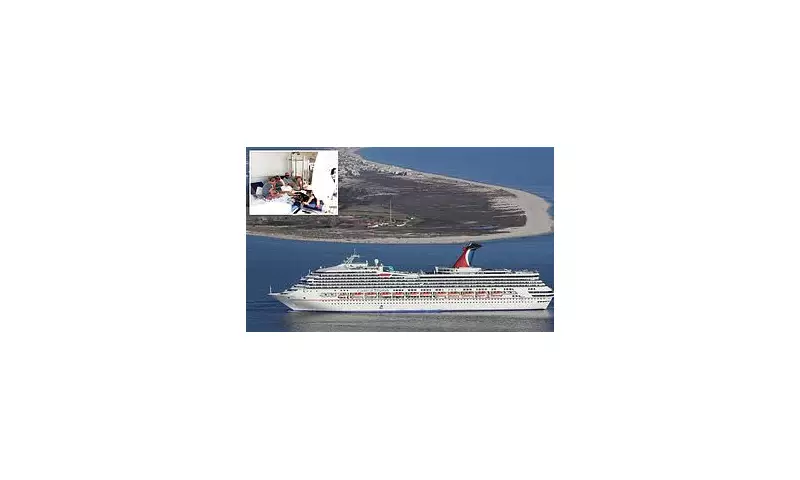
Imagine being aboard a luxurious cruise ship, surrounded by endless ocean, when suddenly—everything goes dark. The engines stop, the air conditioning cuts out, and the ship drifts silently. This is the reality when a vessel loses power at sea, a rare but alarming event that leaves passengers and crew scrambling.
Why Do Cruise Ships Lose Power?
Modern cruise ships are engineering marvels, but even they aren’t immune to technical failures. Power outages can be caused by engine malfunctions, electrical faults, or even extreme weather. While backup generators usually kick in, sometimes the systems fail to restart immediately.
The Immediate Aftermath
When power is lost, the ship’s navigation systems, lighting, and air conditioning may shut down. Elevators stop working, toilets may not flush, and food storage becomes a concern. Crews are trained to handle these situations, but passengers often endure hours—or even days—of discomfort.
Passenger Experiences
Reports from past incidents describe sweltering cabins, limited food supplies, and long queues for basic amenities. Some travellers have recounted sleeping on deck to escape the heat, while others faced cancelled excursions and disrupted itineraries.
How Crews Respond
Safety is the top priority. Crews immediately secure the ship, deploy emergency lighting, and communicate with passengers. If the outage is prolonged, they may ration food and water while engineers work to restore power.
Legal and Compensation Issues
Cruise lines typically offer refunds or future cruise credits after such incidents, but passengers often push for additional compensation. Legal battles can arise if negligence is suspected.
Preventing Future Disasters
Newer ships feature redundant power systems and advanced fail-safes. However, as vessels grow larger and more complex, the risk of technical failures remains—making preparedness essential.
For travellers, the lesson is clear: always check a cruise line’s safety record and be prepared for the unexpected.





